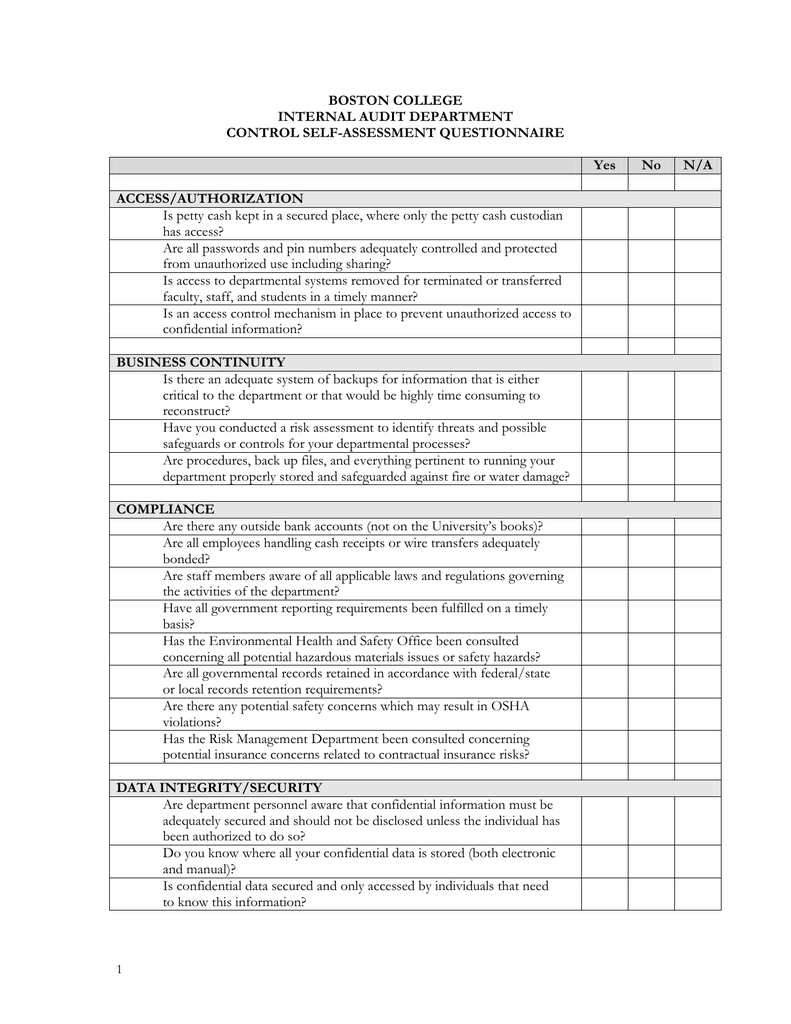

Conclusion: AUDIT-C seems valid in identifying hazardous and harmful drinking students, with suggested optimal cutoffs 7 (females) or 8 (males). A cutoff of ≥8 performed better among males, but for other subgroups ≥7 was most suitable.

At an AUDIT-C cutoff score of ≥7, sensitivity and specificity were both >80%, while other cutoffs showed less balanced results. Results: Twenty percent of students were hazardous and harmful drinkers. AUDIT-score ≥11 was used as the criterion of hazardous and harmful drinking. Receiver operating characteristic (ROC) curves, sensitivity, specificity, and positive and negative predictive values for different cutoff scores of AUDIT-C were calculated for the total sample and for subgroups stratified by age, gender, and educational level. Methods: Cross-sectional data of health surveys from 5,401 university and university of applied sciences in the Netherlands were used. This study investigated the concurrent validity of the AUDIT-C in a sample of university students and suggests the most appropriate cutoff points. Currently, there’s no gold standard for identifying hazardous drinking among students in higher education and little evidence regarding the concurrent validity of the AUDIT-C as a screening instrument for this group. The alcohol use disorders identification test (AUDIT) is the gold standard screening instrument for hazardous drinking in the adult population, for which an abbreviated version has been developed: the -AUDIT-Consumption (AUDIT-C).

Background: Hazardous drinking among students in higher education is a growing concern.


 0 kommentar(er)
0 kommentar(er)
